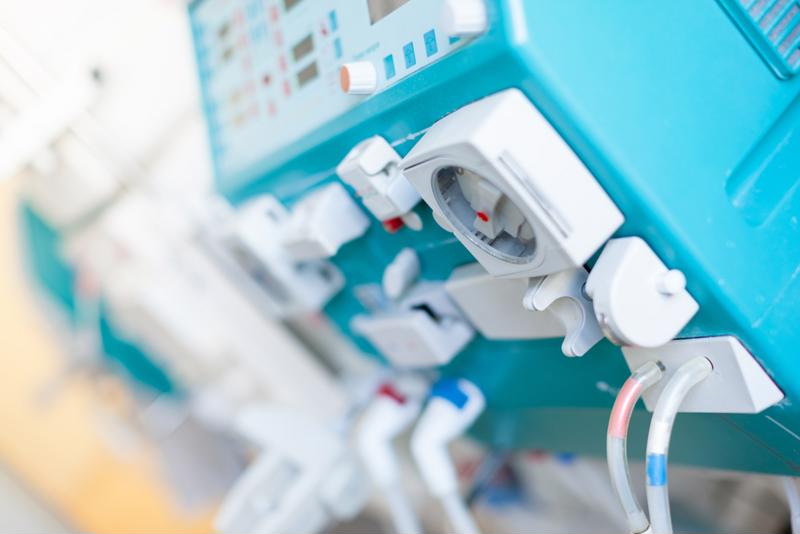Patient safety is of the utmost importance to the medical device manufacturing industry. Health care professionals use important medical devices to save lives and perform essential everyday procedures to treat their patients. With reliable devices, physicians and nurses are able to tend to their patients with ease and confidence, ensuring reliable diagnoses, care, and hopeful recoveries. However, when devices are outdated or poorly made, the risk of error is high.

This drive to improve patient safety through modernized devices caused the Food and Drug Administration to release a new ruling on Sept. 28, 2013, requiring all necessary medical devices to bear a unique device identifier on labels for easy device identification. According to the FDA, a UDI is a distinct code that contains two essential elements. The first code, a device indicator, showcases the labeler and model of the device. The production identifier, which is more variable, contains information regarding the serial number, expiration data, specific manufacturing data, unique identification code or batch number.
These medical devices are broken up into three classes, each level represents a varying degree of severity for patient injuries or wellbeing. Class I represents all low-risk medical materials. By September 24, 2018, all of these qualifying devices must bear a UDI label and be submitted to the Global UDI Database. This database is used by health care experts and physicians to be able to easily access information regarding recall notices and safety compliance problems.
Meanwhile, the second level, Class II, deals with devices that relate to general health and patient wellness. By September 2016, three years after the FDA's ruling, all of these medical devices must contain a UDI label. Their data must also be submitted to the GUDID database by this time.
"A UDI is a distinct code that contains two essential elements."
Finally, Class III, contains medical devices that bear the highest risk failure should failure occur. They are medical devices that support or even sustain life, especially in the event of a medical emergency or serious illness. These devices have been required to have a UDI label since the rulings inception in 2014. However, this year, all Class III multi-use or reprocessed devices must now have a permanent UDI marking.
All requirements for this unique device identification system will unfold over the coming years, with the last changes taking effect in 2020.
According to the FDA, "Whenever the label of a medical device includes a printed expiration date, date of manufacture, or any other date intended to be brought to the attention of the user of the device, the date must be presented in the following format: the year, using four digits; followed by the month, using two digits; followed by the day, using two digits; each separated by hyphens."
For example, Feb. 24, 2016, would shown as 2016-02-24. This is one of the many changes that must be implemented by the UDI compliance date. Furthermore, single-use medical devices also must bear these unique UDI labels, unless a single-use device is packaged with others. In this case, the packaging must include the labeling, not the device.
One essential component of this UDI initiative is the necessity for all these labels to remain readable and durable throughout the life span of the medical devices. High-performance polyester thermal transfer labels are best suited for long-lasting applications in medical device manufacturing. At Stranco, our extensive selection of polyester labels ensures that manufacturers in the medical industry can find the ideal material to withstand their unique labeling application requirements. Contact us today to learn more about our excellent customer service and extensive market experience.

